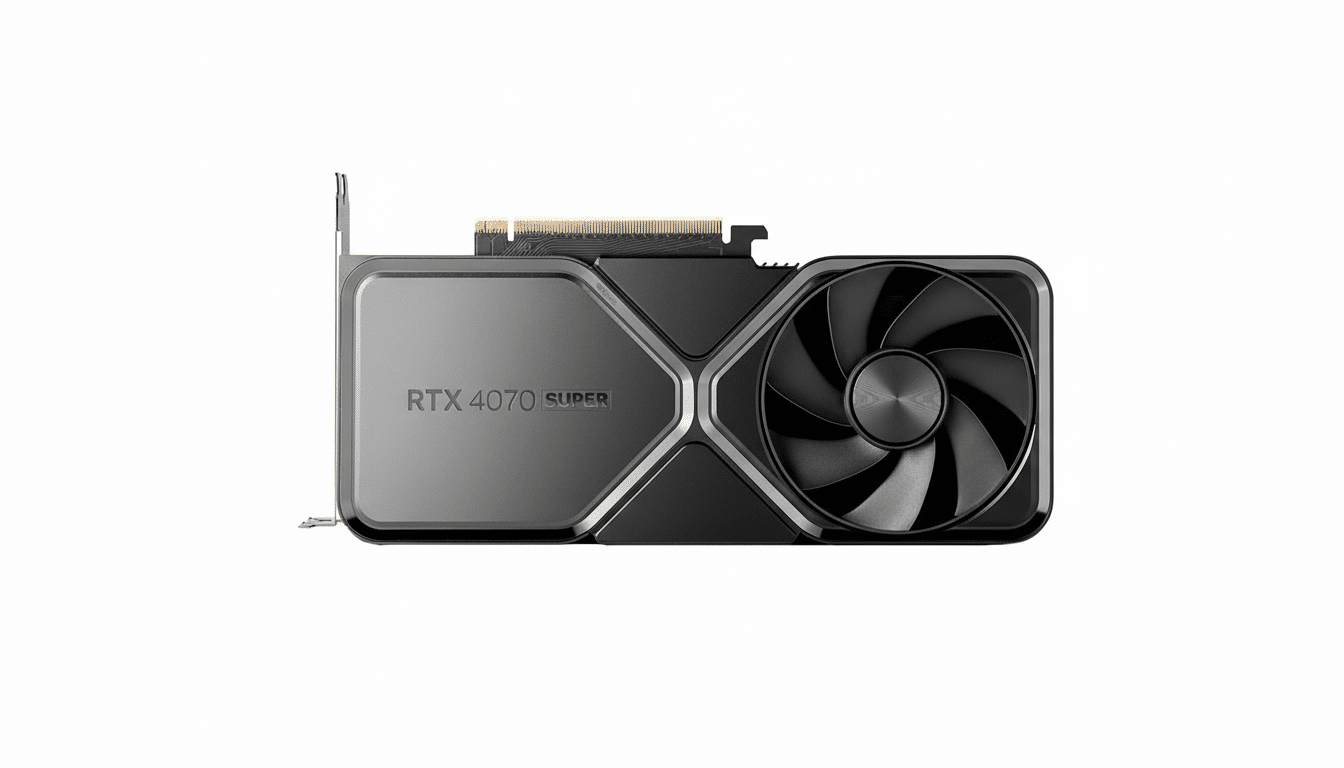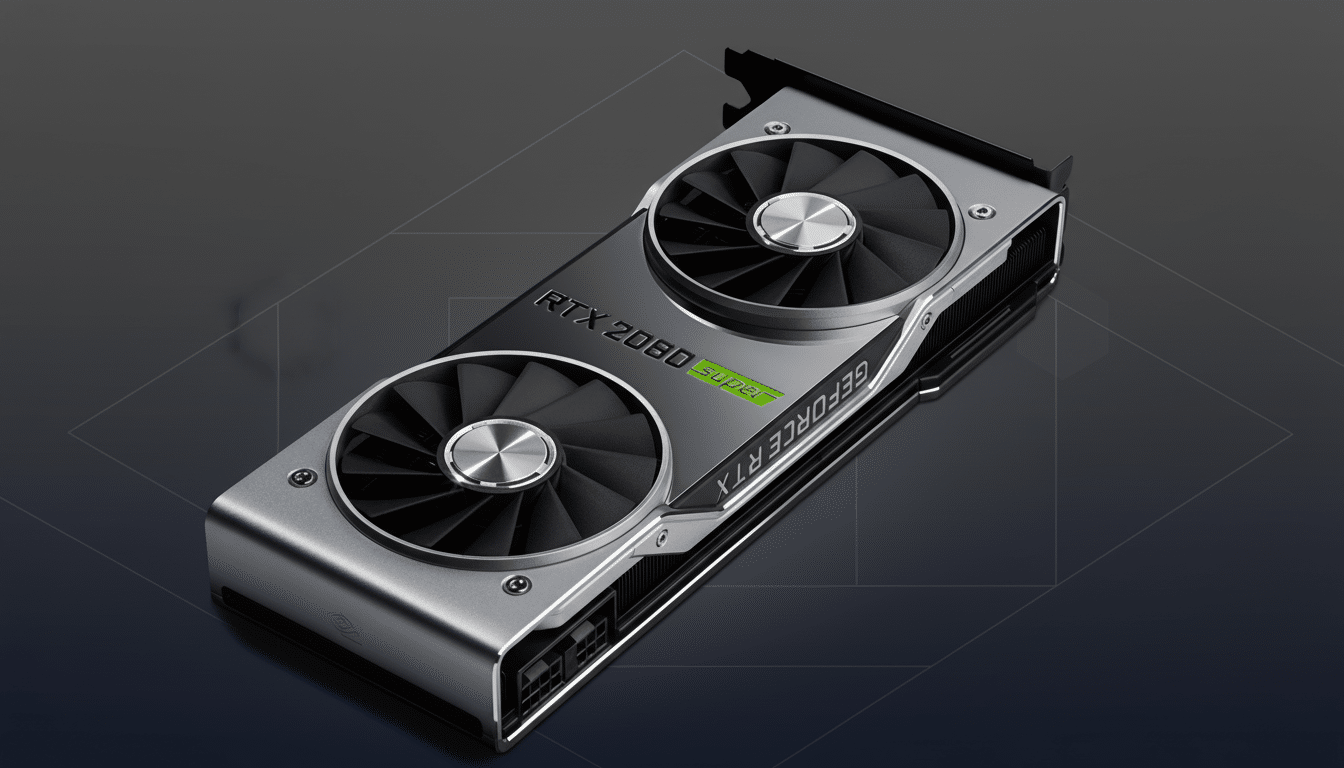In an all-encompassing partnership that could change the course of PCs from the motherboard on up, Intel and Nvidia revealed their intentions to bring Nvidia RTX GPU chiplets into upcoming Intel x86 systems-on-chips (SoCs) for laptops and other mobile clients. These “RTX SoCs,” the companies say, will initially be aimed at consumer PCs—which is to say, performance laptops—and stem from multiple generations of data center and AI infrastructure parts.
In addition to the technical partnership, Nvidia intends to make a multibillion-dollar equity investment in Intel, a move that sends a clear message of long-term intent and gives Intel’s manufacturing aspirations an indisputable one-time high-profile stamp of approval.

Why RTX on x86 SoCs Is a Big Deal for Performance
When you put RTX-class graphics on the same package as an Intel CPU, you cut the distance between compute and graphics—minimizing latency and increasing bandwidth for tangible performance gains above a basic CPU-to-GPU connection over PCIe.
For gamers, creators, and AI power users, that can translate to faster frame times, snappier ray tracing, and speedier model inference in tools that rely on CUDA and Tensor cores.
This is a software story as well. Nvidia’s RTX platform crosses both DLSS, Broadcast, Studio drivers, and a huge ecosystem of CUDA used by researchers and developers. Pairing that stack with Intel’s x86 supremacy and PC platform control has the potential to expedite the “AI PC” storyline beyond NPUs, potentially opening up laptops with more headroom for on-device generative duties and video workflows without hammering into the cloud every time.
The shift is a sign of where the market is headed. Research firms keeping their eyes on GPUs have observed more recent recovery shipments of discrete graphics and continual growth in AI-accelerated workloads for client endpoints. And that brings us right up to the other end of the scale, integrating discrete-class capability into a tightly coupled SoC.
How the Chiplet Integration Might Work in Practice
The companies say that Intel’s x86 SoCs will feature RTX chiplets connected over Nvidia’s NVLink high-speed interface, which is typically a hallmark of its data center parts. NVLink on-package makes it possible to achieve much higher CPU–GPU bandwidth than PCIe alone, which is absolutely critical for ray tracing (and high-refresh gaming, and AI inference where getting work onto the GPU fast is half the battle).
Intel has the packaging toolkit to do this. EMIB (embedded bridges) and Foveros (3D stacking) are now shipping at scale in client and server silicon. One evidence point already in the books: Intel worked with AMD on Kaby Lake-G, a product that integrated an Intel CPU, Radeon Vega M graphics, and HBM2 all together on-die—showing this kind of heterogeneous, high-bandwidth design works in thin-and-light form factors.
Key technical questions still unanswered: Will these RTX chiplets use shared system memory, local on-package memory, or both? In a 15–80W laptop envelope, how should we allocate power delivery and thermal budgets between CPU/GPU/NPU blocks? The solutions will impact everything from sustained performance to battery life.

Laptops First, but Mini PCs in the Mix for Consumers
Early signs suggest premium notebooks are the vanguard. With a more tightly integrated Intel–Nvidia design, they would be able to offer desktop-class graphics in a slimmer chassis, and smarter power sharing and hassle-free GPU switching similar to Advanced Optimus. That’s attractive in gaming rigs, mobile workstations, and creator laptops where every watt and millimeter matters.
Small desktops and mini PCs are natural follow-ups. On-package graphics means less complexity on the board and reduces latency, potentially lowering BOM costs versus discrete graphics modules, enabling small form-factor designs to be more capable without growing in size or thermals.
Industry analysts have been noting the upside. (A product such as a high-performance, co-optimized Intel–Nvidia notebook platform could be formidable for AI, gaming, and workstation uses, depending on how Autodesk, multi-GPU, or—again down the line—external RTX scaling end up happening.)
Data Center Angle and Foundry Stakes in This Partnership
But outside of PCs, Intel will make Nvidia-custom x86 CPUs that will be included inside Nvidia’s AI platforms—creating an added twist in a market where Nvidia traditionally marries its accelerators with Arm-based Grace or third-party x86 apparatus.
To the extent that those CPUs are binned with advanced interconnects to Nvidia accelerators, you can anticipate fewer amortized bottlenecks for memory-bound AI workloads and improved CPU–GPU orchestration.
The agreement is just as important to Intel’s manufacturing plans. Securing high-profile, multi-generation silicon from Nvidia would be clear industry validation for Intel’s advanced packaging capabilities and its foundry business as it pursues external customers and process parity. Nvidia’s proposed multibillion-dollar purchase of Intel stock injects financial heft and public promise into that trajectory.
What to Watch Next as Intel and Nvidia Move Ahead
- Price and segmentation: Will RTX SoCs drive notebooks’ ASPs up, or will OEMs simplify boards and cooling solutions to keep prices down? You can expect several levels—some with more RT/Tensor cores—to mirror the current discrete GPU ladder.
- This would depend on software and scheduling: how Windows/drivers/game engines would do the work sharing between CPU/GPU/NPU. If NVLink can achieve a more unified memory model, creators might experience outsized benefits with 3D rendering as well as video.
- Intel Arc’s role: Intel’s Arc graphics platform isn’t going to disappear overnight, but how much the company talks about whether you should buy into an RTX-equipped SoC vs. an Arc chip will speak volumes about what the company thinks it’s good at. It is likely to train Arc on entry tiers or niches where cost and open media blocks are most acute.
- Thermals and battery life: The idea of desktop-class performance in a portable system is predicated on smart power sharing and cooling. Look for OEMs to rely on vapor chambers, new heat pipes, and granular power management to keep clocks up under load.
If Intel and Nvidia follow through, RTX-on-package PCs might further compress the space between integrated convenience and discrete performance—reshaping everything from gaming laptops to compact workstations, and laying new groundwork for AI-first client computing.

